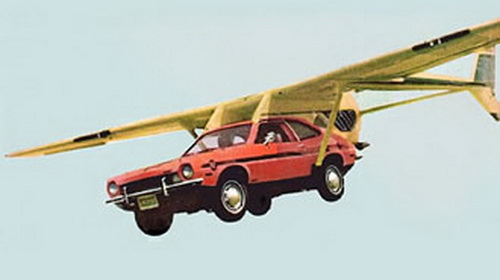tspear
En-Route
- Joined
- Dec 10, 2010
- Messages
- 3,509
- Display Name
Display name:
Timothy
Like NASA's Maxwell, it's just more wishful thinking. And there are way too many examples of wishful thinking showing up in the "news."
Suitable batteries are the big problem. They don't exist.
Dan,
Your making assumptions about required flight time and envelop. I the cruise speed is 35 MPH, a 1 hour flight covers the straight line distance between the "rich neighborhoods" and the downtown of most major metro areas. So, a 1.5 hours flight time using FAA current VFR regs. This is well within the capability of current technology.
What is not well within current tech, is affordable batteries that allow high cycle times, and super fast charging.
I still think it will fail on the economics on it, but stating it cannot be done is not accurate.
Tim

